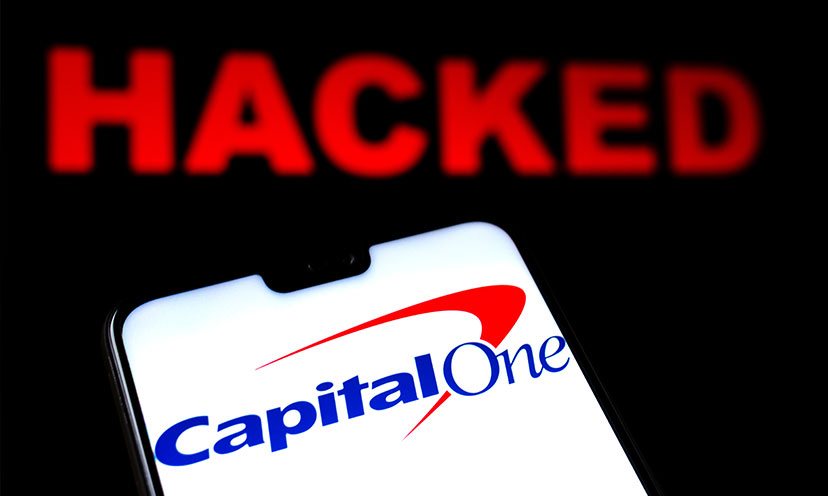Share This Article
Companies mess up all the time, and when they do, they often have to pay customers back through class action settlements. The catch? Most people never claim their share because they don’t know these settlements exist or how to find them.
If you’ve shopped online, used social media, or bought products from major retailers in recent years, there’s a good chance you’re owed money from settlements you’ve never heard of.
Where Class Action Money Comes From
Class action lawsuits happen when companies violate laws or mislead large groups of customers in similar ways. Unlike mass tort cases (which handle individual injuries from the same source), class actions group similar consumer complaints into one case where everyone affected gets the same type of compensation. Common violations include overcharging fees, data breaches, false advertising, defective products, and privacy violations. When companies settle these cases, they create funds to compensate affected customers.
Warning: Be cautious of settlement scams that charge upfront fees or promise unrealistic payouts. Legitimate settlements never require payment to participate.
The process works like this: lawyers file a lawsuit representing everyone who was harmed, the company agrees to pay a settlement amount, and affected customers can claim their share by submitting simple forms with basic proof of purchase or account information.

How to Track Down Your Settlement Money
Start with These Trusted Databases
Three websites maintain comprehensive databases of current and past settlements:
- ClassAction.org offers the most complete settlement database with helpful claiming guides
- The Federal Trade Commission’s refund database lists government-ordered refunds from consumer protection cases
- TopClassActions.com provides updates on new settlements and approaching deadlines
Search these databases using company names you’ve dealt with recently. Focus on the past 2-3 years when your purchase records are most accessible.
Set Up Automatic Monitoring
Create Google Alerts for “class action settlement” combined with brands you use frequently. This ensures you’ll hear about new settlements before deadlines pass. Settlement claim periods typically last 60-180 days from the announcement date.
Many companies also create dedicated settlement websites for major cases. Search “[company name] class action settlement” to find these official sites, which often provide clearer instructions than legal notices.

Common Settlement Types and Typical Payouts
Data breach settlements typically pay $25-$125 per affected account, depending on the severity and whether you can document identity monitoring costs. Privacy violation cases from social media companies often settle for $10-$50 per user.
Overcharging and hidden fee cases usually refund actual damages plus small additional amounts. Product defect settlements may offer cash refunds, replacement products, or store credits. False advertising cases typically provide partial refunds based on purchase amounts.
Important: Settlement amounts depend on how many people file claims. Fewer claims mean higher individual payouts, so it’s worth claiming even small amounts.
The Claiming Process Made Simple
Most settlement claims require basic information like your email address, purchase dates, or account details. Keep digital copies of receipts and take screenshots when signing up for online services to make future claims easier.
Read settlement notices carefully to understand what documentation you need and claim deadlines. Some settlements accept general proof like “I shopped at this store between these dates,” while others require specific receipts.
Submit claims promptly after verifying the settlement is legitimate. Check that the settlement website URL matches information in official legal notices, and never provide Social Security numbers unless absolutely required for identity verification.

Maximizing Your Settlement Success
Focus your initial search on companies you’ve used recently, including retailers, tech companies, subscription services, and financial institutions. These businesses frequently face class action suits for various practices.
If you’re eligible for multiple settlements from the same company over different time periods, you can typically claim all of them. Each settlement addresses separate violations and has its own compensation fund.
Warning: Avoid third-party companies that charge fees to help you find settlements or require extensive personal information beyond what’s listed in official settlement notices.
Your Rights and Next Steps
Class action settlements exist because you have the right to compensation when companies violate consumer protection laws. These cases often result from government investigations or consumer complaints, making them legitimate paths to recovery.
Start checking the settlement databases today, set up monitoring alerts for future settlements, and keep organized receipts going forward. The money is already set aside with your name on it, but only if you take action to claim it.
Most settlements require minimal effort for legitimate compensation that can range from $15 to several hundred dollars per case. While individual amounts may seem small, they add up over time and hold companies accountable for their mistakes.

